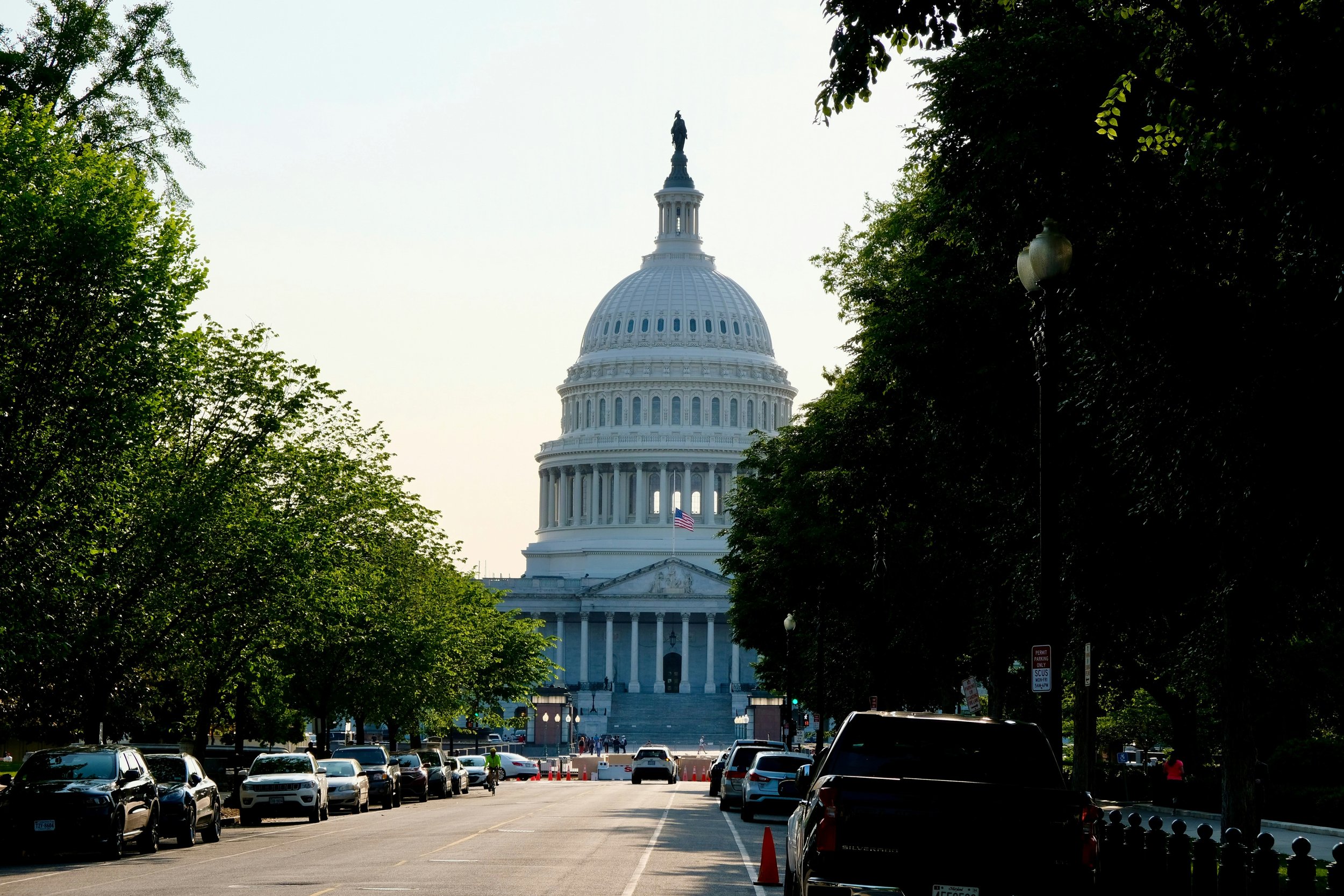The Impact of U.S. Elections on Markets
Written by Brad Laird
As the U.S. presidential election approaches its final weeks, investors are closely monitoring the race between the leading candidates. With polls indicating a tight contest, the outcome remains uncertain.
While the presidential race often captures media headlines, significant legislative changes depend largely on Congress. Each candidate may have their own vision and policy goals, but realising these ambitions requires cooperation from the legislative branch, which is responsible for drafting and passing new laws. Control of both the presidency and Congress is crucial for implementing substantial policy shifts.
Impact on different markets
The graph by Capital Group below explores possible scenarios, and highlights key themes and potential risks associated with different election outcomes. If Congress is controlled by the opposing party, then either candidate’s ability to enforce policy will face limitations.
Source: Capital Group.
Note: These scenarios include hypothetical situations in which Congress is either majority Republican or split. Our goal is to offer possibilities, not specify a magnitude of change. Fed Funds = U.S. federal funds rates. USD = U.S. dollar valued against a basket of currencies.
Red Wave:
Banks/Financials: Deregulation and lower capital requirements could increase profits.
Aerospace/Defence: Likely rise in government spending on defence.
Healthcare: Deregulation may boost competition, potentially lowering prices and profits.
Oil and Gas: Support for domestic drilling may lower oil prices but stimulate production.
Blue Wave:
Renewable Energy/Electric Vehicles: More funding and regulations to support clean energy and EVs.
Telecommunications: Increased broadband funding, especially in rural areas.
Homebuilders/Industrials: Immigration support could stabilise workforce and control wage inflation.
Tech/Manufacturing: Continued stimulus from IRA and CHIPS Act promotes domestic manufacturing.
Staying focused on the long term
It can be difficult to escape the negative messaging that often surrounds election coverage, and the political campaigns can naturally stir up strong emotions. History shows that elections do influence investor behaviour, often leading to doubt and pessimism. Yet, even in election years when campaign talk amplifies the negative, it’s essential for investors to stay grounded in their long-term goals and not let short-term anxieties derail their future vision.
Source: Capital Group, RIMES, Standard & Poor’s. Chart shows the growth of a hypothetical $1,000 investment made on March 4, 1933 (the date of Franklin D. Roosevelt’s first inauguration) through June 30, 2024. Dates of party control are based on inauguration dates. Values are based on total returns in USD. Shown on a logarithmic scale. Past results are not predictive of results in future periods.
Historically, elections have made little to no difference when it comes to long-term investing. Markets have generally trended upward over the long term, regardless of which party is in power. For example, the S&P 500 has generally delivered positive returns in the year following an election, irrespective of the winning party.
While U.S. elections introduce uncertainty, it's important for investors to remember that political events are just one of many factors influencing market performance. By staying informed but not letting emotions drive investment decisions, investors can better navigate the election season and remain on track toward their long-term financial objectives.



